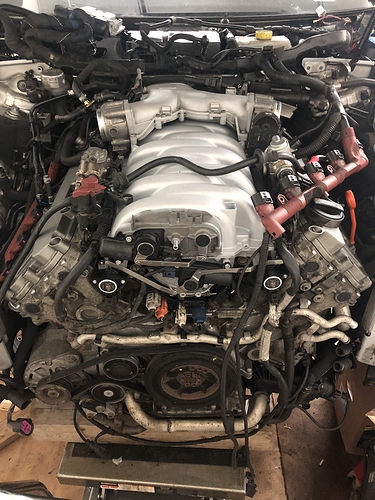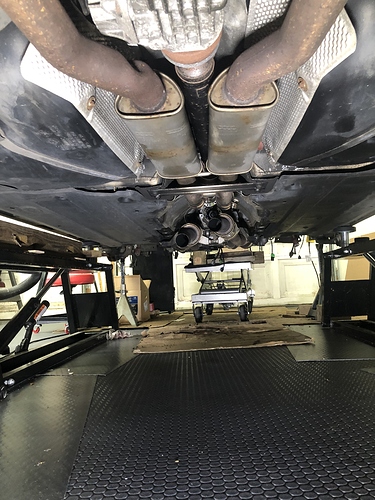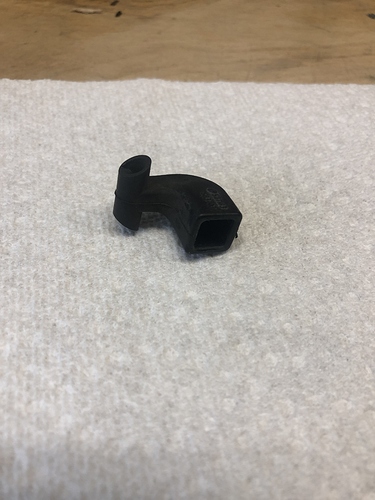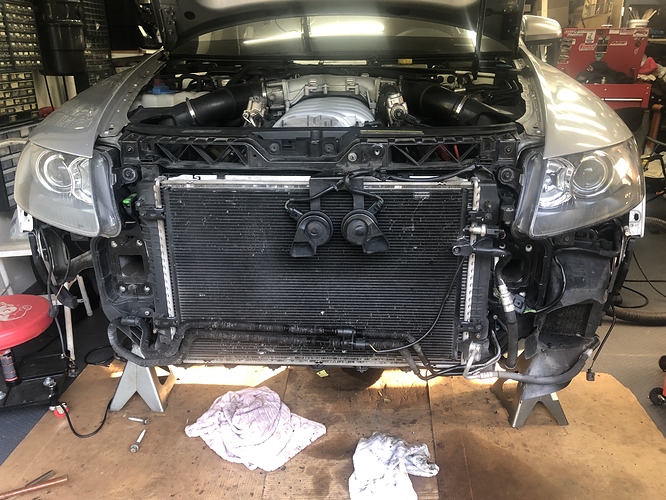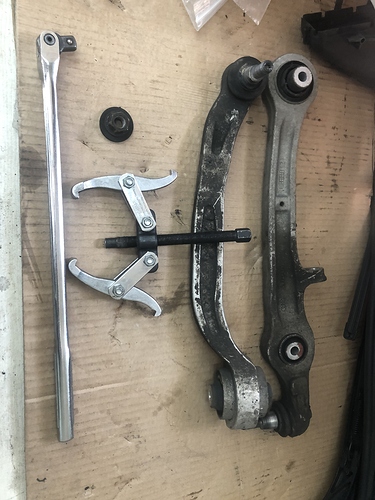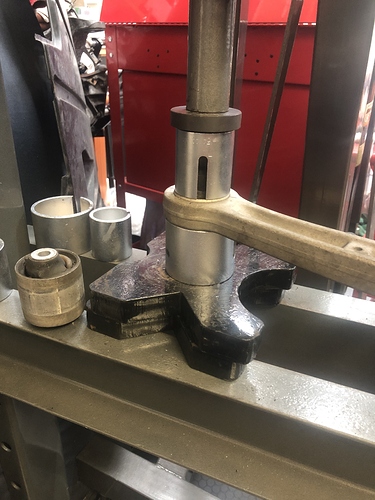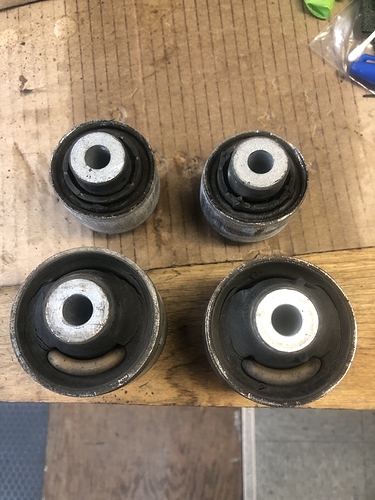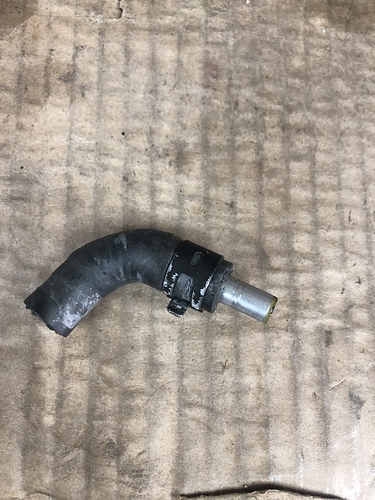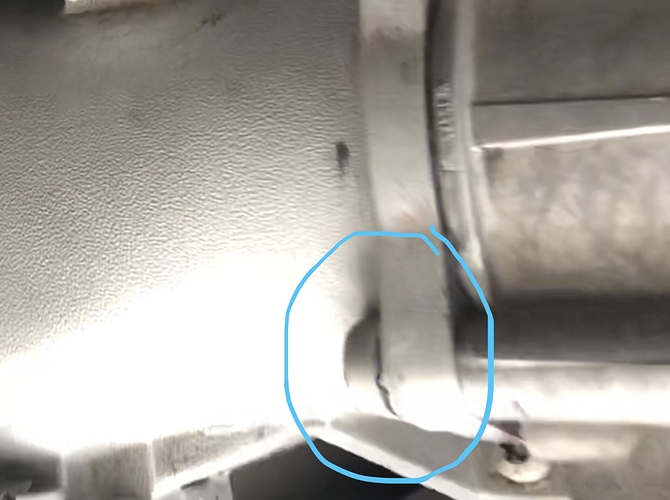So after a couple of frantic days, I’ve had a chance to regroup.
Picking back up from when I had the engine physically back in, I spent a great deal of time working through the electrical connections. I scoped the cylinders one more time and decided to skip the Windex treatment so I installed the sparks and coils. Starting from the top left I secured the wiring below the ECU’s, positioned the ECU’s, routed the starter and MAF/Coolant wires and finished connecting the coil wiring. Moving over to the plenum box, I reinstalled the wiring and connections, cleaned up the grounds and installed the upper strut tie bar. That allowed me to finish up the the few remaining connections and route the couple of lines that traverse across the front of the cowl area.
Next were the fuel and PCV lines, then I worked on the connections underneath the car. and only connected what I had to to test run the car. That included the exhaust and the O2 sensors and the transmission coolant sensor (I think that’s what it is). I removed the front engine hoist points and tie wrapped the air lines going to the front of the manifold. Next came the lock carrier, radiator, condenser and PS cooler. Since I had done this before, it was mainly from memory, but again I only hooked up what I had to.
One of the tools I had picked up along the way was a Schwabben Coolant fill tool. It serves two purposes:
- Leak test of the coolant system
- Fills the system without air getting in
That made the coolant fill pretty easy. For oil, I used Red Line with a custom mix of 0-40 and 5-50 weights - basically half and half. That gives me a small increment of heavier oil. I have been using this on the 911 for a few years. Once all that was done, the engine was ready to be test fired:
When I opened the door for the first time in a month, I smelled a mouse who had left this Earth. I looked briefly but could not locate his body. I’ll spend some more time later looking for his carcass, but I needed to clear the faults before starting for the first time. Using the key it cranked and started after a bit, ran a bit rough, but smoothed out. I turned it off, then restarted and it ran more normally, however the grinding began. As I mentioned it was just the PS pump and low fluid, but I didn’t know that at the time and called it quits for the night.
I had poured some Pentosin in until it reached the cold mark on the dipstick, but as noted in the panicky post, all of it was sucked in and I needed another half quart to satisfy the pump. I did that the next day. Thank God it was not the timing gear.
Working on the suspension requires some significant strength. At 58, even though I am in decent shape, I do not look forward to those tasks. I had left the drive train disconnected for two reasons:
- In case I needed to pull the engine I wanted the minimum connected to have to disconnect
- I wanted to work on the LCA’s since they were both original.
A while ago I acquired a 20 Ton cheapo press from HF. Really all you need is a higher quality bottle jack when the cheap one fails. I made the purchase when I had paid a local shop to press in some bushings a few years ago and they did a really crappy job. It has come in handy for a variety of suspension related tasks. The LCA’s on the S6 are fairly substantial:
Pulling the LCA’s was fairly straightforward. I temporarily reattached them to the subframe so the assembly wouldn’t twist when breaking the retaining nut free with a breaker bar. Once the nut was out of the way, I used a tie rod puller to pop the LCA’s out. Both ball joint pullers were too narrow to make it around the LCA ball joint cylinder.
Once they were out, I moved over the to the press and removed the inside bushings and replaced them with new Audi bushings.
The old bushings weren’t horrible, but they were definitely worn, with the passenger side worse than the driver side:
The nuts holding them on are an unexpected 21 mm. While I have a socket for 21, I do not have a combination wrench at 21 mm. Removing them was fine, but installing required some creative thinking. I wound up using a C clamp to pull the LCA’s into the orifices on the knuckle and using 22 mm combination wrench and the torx bit to keep them from spinning when the clamp wasn’t sufficient. I finished connecting the LCA’s along with the shock, but did not tighten them to torque. I installed the drive shafts but also did not torque down the outer bolt, only the inside bolts.
I did torque down the subframe, installed the cross member, but I still must connect the rear drive shaft, which I will do tomorrow. Once that is done I’ll get the Quickjack back to a normal configuration and measure for the suspension height after installing the wheels. That will allow me to put it back in the air, use a jack to jack up the suspension on both sides and torque down the various pieces.
As mentioned the only whine is what I think is the PCV valve, but I will look at that later. I also still need to find the measuring blocks to make sure the cams are set properly.
It feels good to be moving forward again without any surprises.
Ed

